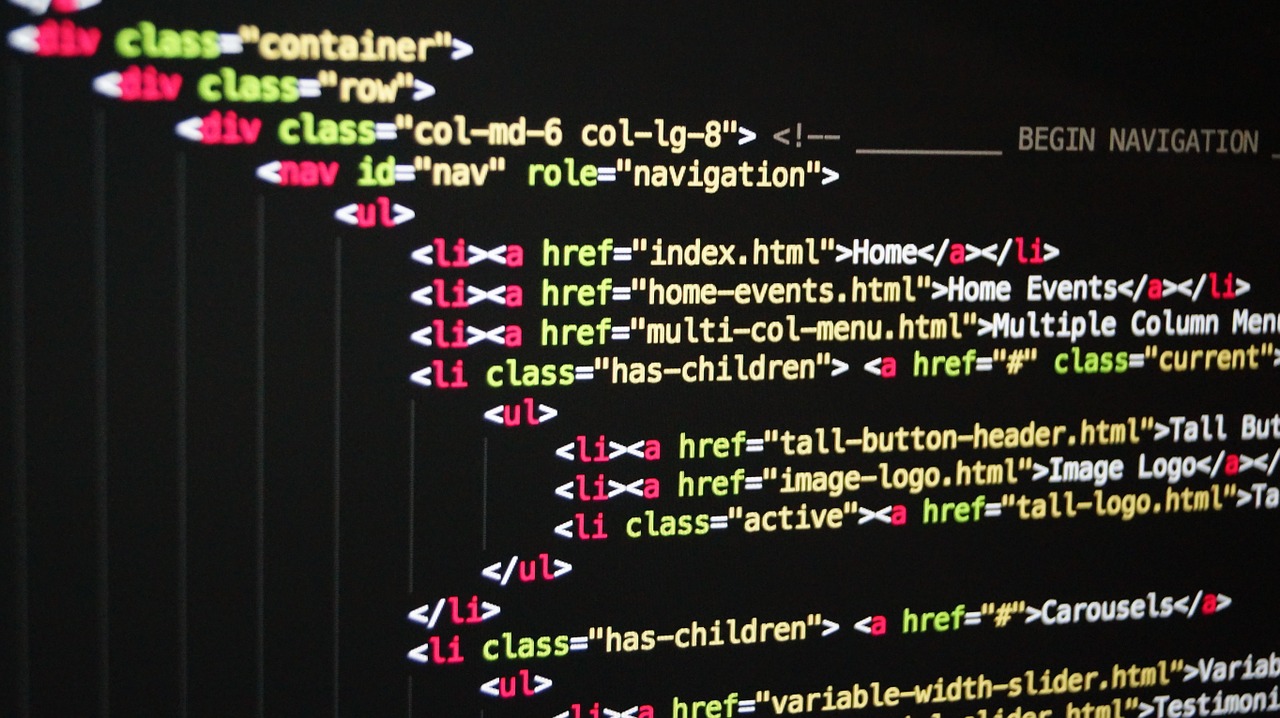Completed
-
Introduction to web developpement
-
Git & Github
-
HTML Foundations
-
- Quiz
-
- Quiz
-
- Quiz
-
- Quiz
-
- Quiz
-
- Quiz
-
- Quiz
-
- Quiz
-
- Quiz
-
- Quiz
-
- Quiz
-
-
CSS Essentials
-
- Quiz
-
- Quiz
-
- Quiz
-
Advanced CSS
-
JavaScript Basics
-
JavaScript and the DOM
Web Developement
1. What Is Web Development?
Web development is the process of building websites and applications for the Internet or for a private network known as an Intranet.
Web development is not only concerned with the design of a website. It’s also about the coding and programming that powers the website’s functionality.
From the simplest, most static web pages to social media platforms and applications and from E-commerce websites to content management systems (CMS), all the tools we use daily via the Internet have been built by web developers.
Web development can be broken down into three layers:
- Client-side coding (front-end)
- Server-side coding (back-end)
- Database technology.

2. What Defines a Web Developer?
A web developer is by nature an interactive and creative artist. She/he is someone that is driven by a deep desire to create things. A web developer’s canvas is a user’s web browser.
Similar to a curious child who takes pleasure in making toys by joining LEGO blocks and then experiences a similar joy by taking them apart to see how they’re made, a web developer’s job is to use the basic building blocks of the Web (like HTML, CSS, and JavaScript) to create something complex like a web page.
If it seems too complex, no need to sweat it! We’ll break down these concepts shortly.

3. Types of Web Developers
Front-end Developer:
Client-side scripting, or front-end development, refers to everything that the end user experiences directly. Client-side code is executed on a web browser and directly relates to what people see when they visit a website. Things like layout, fonts, colors, menus, and contact forms are all designed by the front-end.
Back-end Developer: Server-side scripting, or back-end development, is all about what goes on behind the scenes. The back-end is essentially the part of a website that the user doesn’t see. It is responsible for storing and organizing data and ensuring that everything on the client-side runs smoothly. It does this by communicating with the front-end. Whenever something happens on the client-side, like a user fills out a form, the browser sends a request to the server-side. The server-side “responds” with relevant information in the form of front-end code that the browser can then interpret and display.
Full Stack Developer: A full stack web developer is a person who can develop both client and server software. In addition to mastering HTML and CSS, he/she also knows how to:
- Program a web page (like using JavaScript, jQuery, React, Angular, or Vue)
- Program a server (like using PHP, ASP, Python, or Node)
- Program a database (like using SQL, SQLite, or MongoDB)
4. The Skills of a Web Developer
What does it take to become a web developer?
Mainly, it requires the mastery of these three languages: HTML, CSS and JavaScript.
They are the three pillars of web development, which we’ll be learning about over the next few weeks.
Collectively, these three pillars are what make a website function, by defining the content to be displayed (HTML), instructing a browser how to display that content (CSS), and making the content interactive (JavaScript).
A web developer is well-versed in these three technologies. They can read other people’s code and make changes to it. They can find and debug errors that are called “bugs”(shortcomings in existing code).
A web developer might, at times, work on a new project (a new website) from scratch, or may have to work on an existing website and make it better. A typical day in the life of a web developer involves fixing bugs, developing new features (enhancements) and web pages, and working with other developers to discuss ways to solve problems.
Don’t be overwhelmed by all of these details. You’ll soon see that they’re all very connected, and learning one of these languages automatically makes you better at a few others!

There are no comments for now.